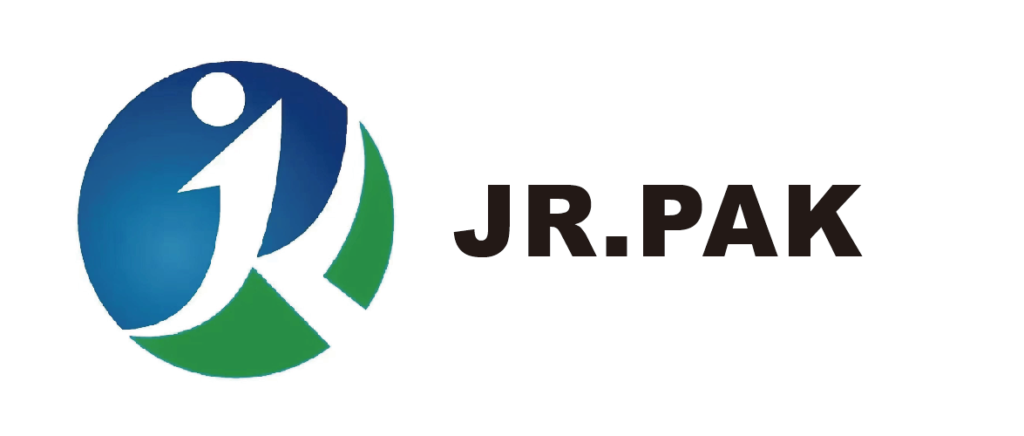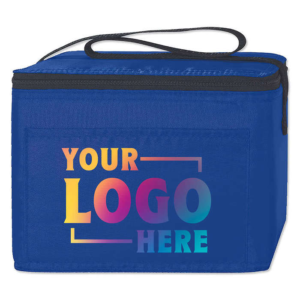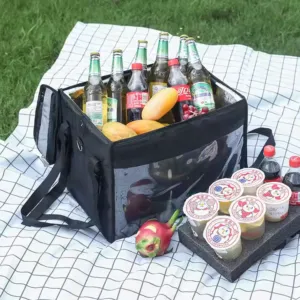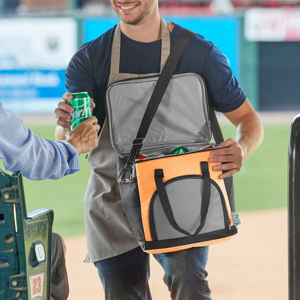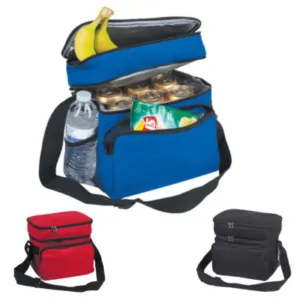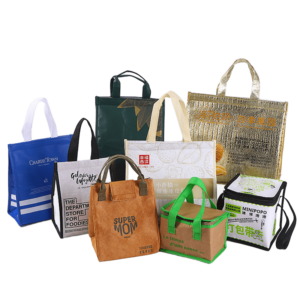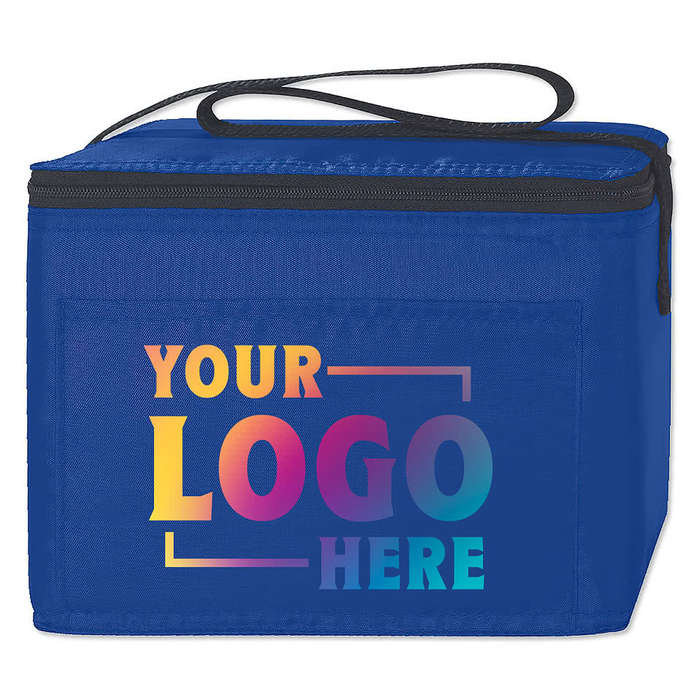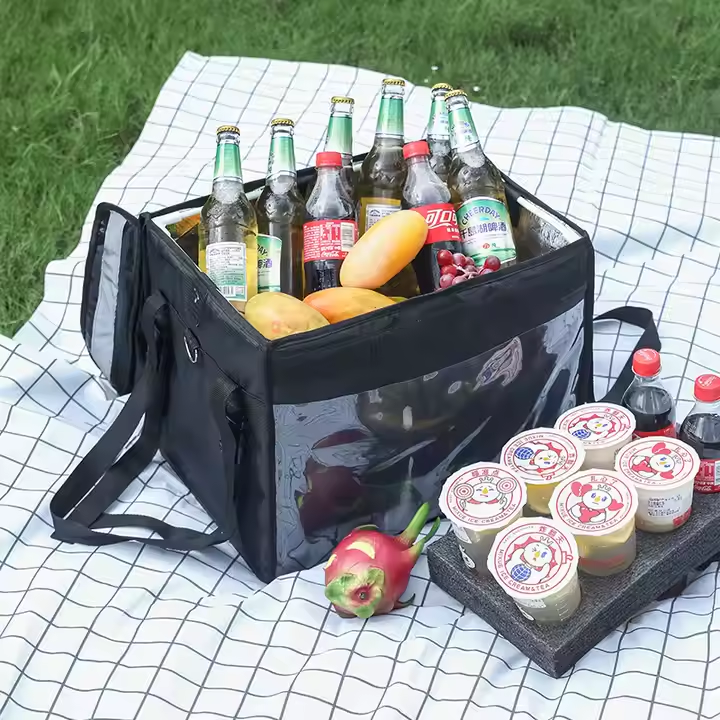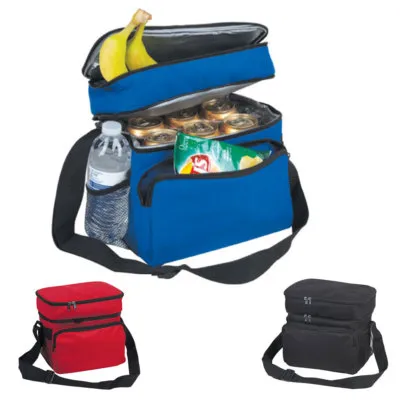
Bag defects hurt trust, waste resources, and delay shipments. Good QC catches issues early.
Common quality control issues1 in bag production include stitching defects2, weak handles, misprints, wrong sizes, and material inconsistencies.
You can’t fix what you don’t find. That’s why clear QC systems matter.
What are the 4 types of quality control?
QC isn’t just about final checks. It runs through the entire production process.
The four types of quality control are process control, acceptance sampling, product inspection, and statistical process control (SPC).
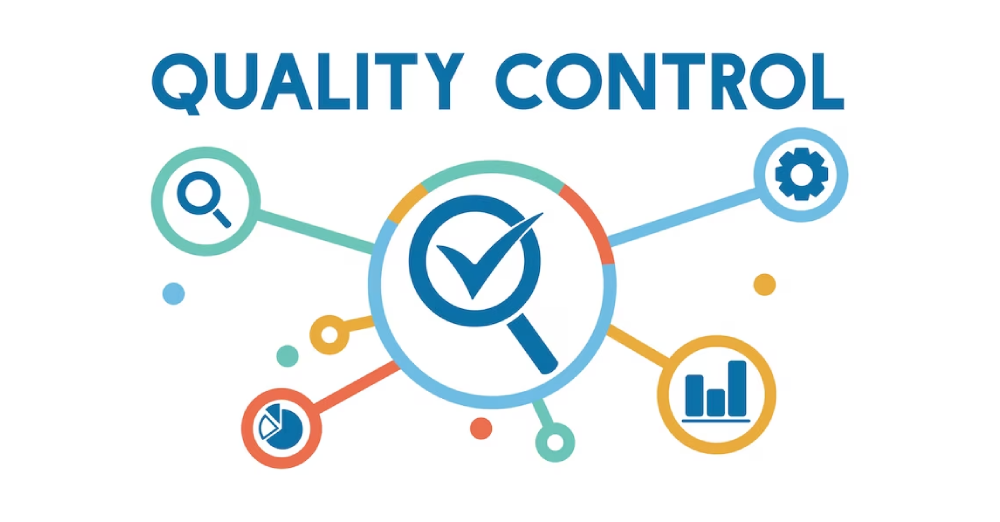
Each step helps catch flaws before they reach the customer.
Four QC Types in Practice
| Type | Description | Application in Bag Production |
|---|---|---|
| Process Control | Monitor steps during production | Checking handle attachment strength |
| Acceptance Sampling | Randomly test batch outputs | Sample 20 bags per 500 for checks |
| Product Inspection | Final checks before shipping | Inspect printing, seams, dimensions |
| Statistical Process Control | Data-based analysis of process trends | Control charts for print alignment |
These methods work best when used together in a layered QC plan.
What are QC issues?
QC issues mean products don’t meet set standards. These can be minor or critical.
Quality control issues refer to product flaws such as broken seams, missing parts, incorrect printing, or failing stress tests.
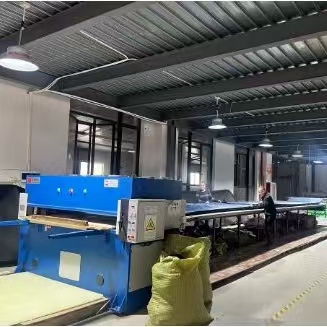
Each issue adds risk—damaged goods, customer complaints, or returned shipments.
Common QC Issues in Bag Factories
| Issue Type | Example | Risk Level |
|---|---|---|
| Stitching Flaws | Uneven, loose, or skipped stitches | High |
| Handle Defects | Weak sewing or incorrect placement | High |
| Print Errors | Blurred or off-center logos | Medium |
| Size Variation | Incorrect length/width | Medium |
| Material Damage | Tears, stains, or poor lamination | High |
Fixing QC problems early avoids bigger costs later.
What is an example of quality control in production?
QC examples can happen at any point—before, during, or after production.
A real-world example is a factory checking each batch of bags for correct logo placement using a printed grid tool.
Every stage of production can include clear, practical QC steps.
Step-by-Step Example
- Before Production: Check raw material specs (non-woven fabric thickness).
- During Production: Inspect seam strength at the sewing stage.
- After Production: Verify logo alignment with a measuring tool.
- Before Shipping: Final visual check and packaging review.
| Step | QC Task |
|---|---|
| Cutting | Fabric shape and dimensions |
| Sewing | Stitch density, handle attachment |
| Printing | Logo position and color match |
| Packing | Cleanliness and label accuracy |
Good QC tracks these steps with records and photos.
How to check bag quality?

Visual checks aren’t enough. Quality checks should be structured, repeatable, and based on clear standards.
To check bag quality, inspect stitching, material consistency, measurements, load-bearing tests, and printing accuracy.
Every check must match the buyer’s order spec sheet.
Bag Quality Checklist
| Area | What to Inspect |
|---|---|
| Fabric | No holes, even thickness, clean surface |
| Handles | Symmetrical, strongly sewn, no fraying |
| Stitching | 8–12 stitches per inch, straight lines |
| Dimensions | Within ±0.5cm of spec |
| Printing | Clear, centered, accurate color |
| Function Test | Load with 5–10kg to test strength |
Each inspection round should be documented, with samples pulled from every production lot.
Conclusion
Bag production faces many QC challenges—stitching, printing, and sizing flaws top the list. Reliable checks at every stage prevent big losses.
